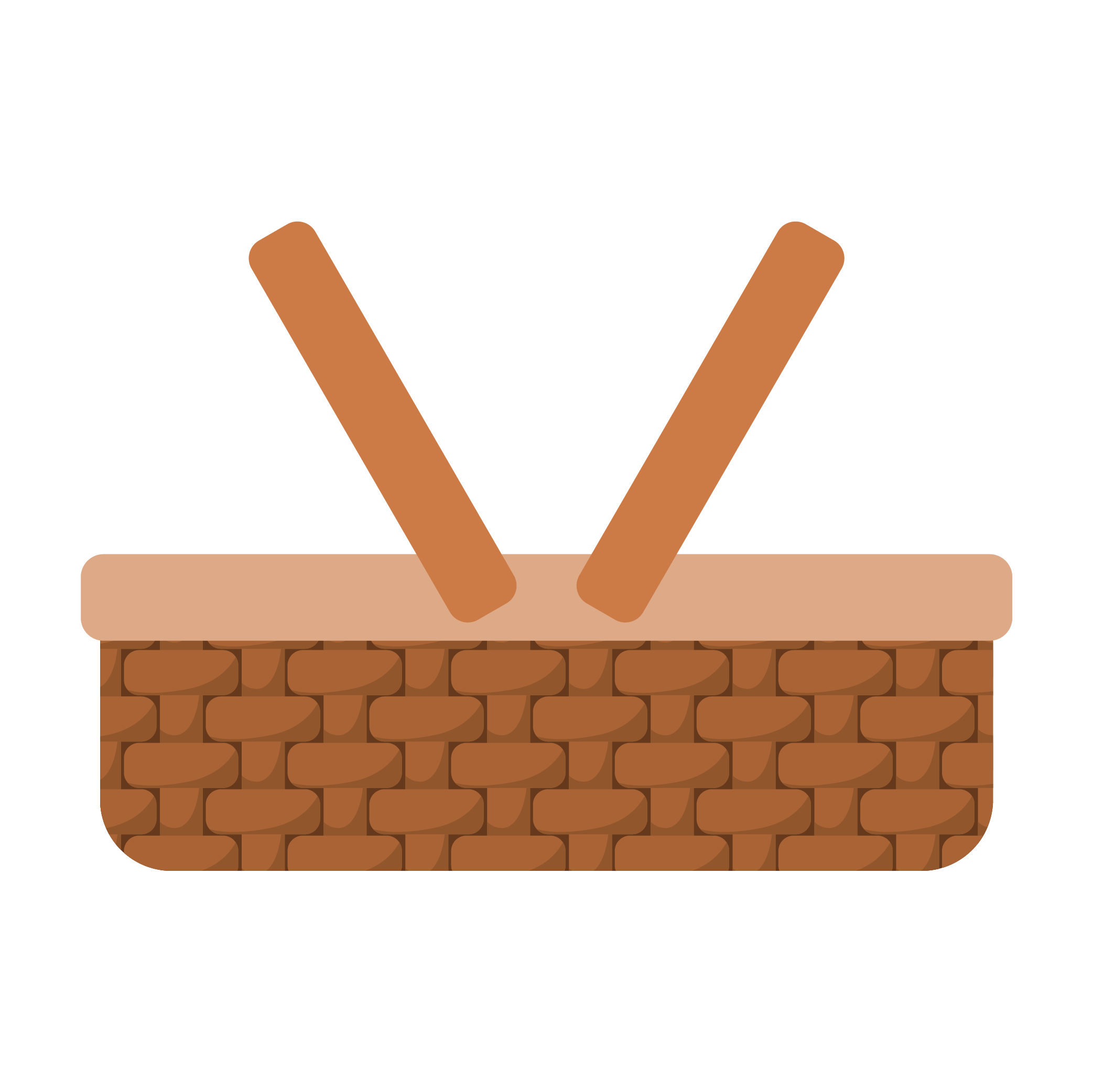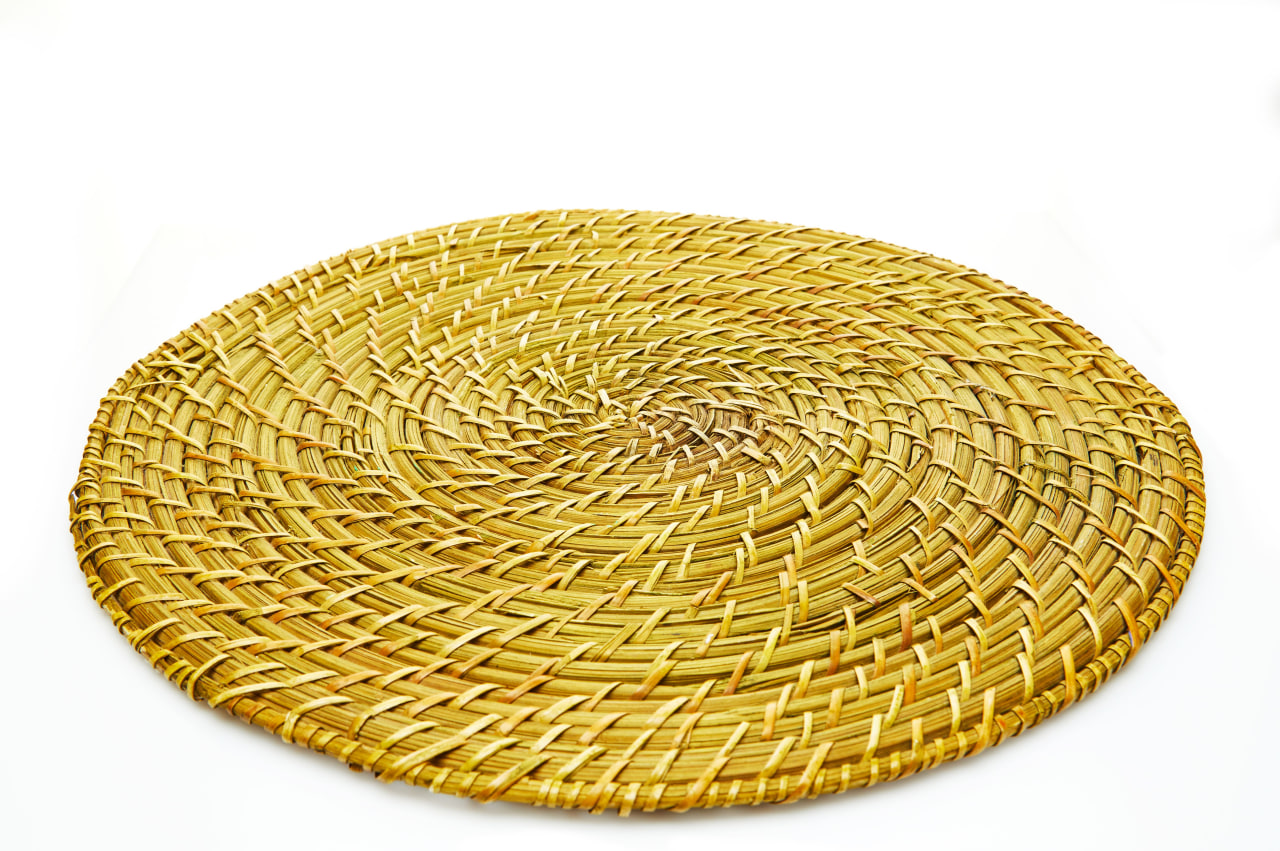Wicker weaving, a technique that involves weaving plant fibers into intricate and durable structures, has stood the test of time as one of the oldest and most versatile crafts known to humanity. The origins of wicker weaving can be traced back thousands of years, spanning cultures and continents. Ancient civilizations utilized this craft to produce functional and decorative items, many of which have left a lasting legacy.
The earliest known use of woven materials dates back to ancient Egypt, where baskets, containers, and furniture were crafted from reeds, palm leaves, and willow branches. These practical objects were used in daily life and for ceremonial purposes. In fact, woven baskets were so important in ancient Egyptian society that they were often buried with the dead, as they were believed to be useful in the afterlife.
As trade routes expanded during the Roman Empire, wicker weaving spread throughout Europe and Asia, with each culture developing its own variations. In ancient Rome, wicker was used not only for functional purposes but also for artistic expression. The Romans crafted intricately designed furniture, such as chairs and tables, using woven fibers. Meanwhile, in the Far East, cultures like the Chinese and Japanese mastered the use of bamboo in their weaving, producing lightweight and sturdy products that continue to be valued today.
The Middle Ages brought a surge of interest in woven goods across Europe. The craft became closely tied to rural communities, where artisans weaved baskets for agriculture, storage, and transport. At this time, wicker weaving became deeply ingrained in everyday life, with master weavers passing down their skills from generation to generation.
However, with the rise of industrialization in the 19th century, many traditional crafts, including wicker weaving, faced the challenge of mass production. Yet, despite the increasing availability of machine-made products, wicker weaving did not fade into obscurity. In fact, it experienced a resurgence in the late 19th and early 20th centuries as part of a broader movement towards handmade, sustainable, and artisan goods.
This revival of wicker weaving can be attributed to a renewed interest in craftsmanship and a desire for more sustainable alternatives to mass-produced items. The use of natural materials, such as willow, rattan, and bamboo, became highly valued for their ecological benefits. Weaving with these materials was not only eco-friendly but also created timeless, durable, and unique pieces that cannot be replicated by machines.
In modern times, wicker weaving has evolved beyond its utilitarian roots to become a sought-after art form. Artists and designers now use wicker to create furniture, home decor, and sculptures, combining traditional techniques with contemporary aesthetics. The craft has also expanded to include the use of other materials, such as synthetic fibers, while still preserving the traditional methods and designs.
Today, wicker weaving is experiencing a renaissance as people seek to reconnect with nature, embrace sustainability, and appreciate craftsmanship. Whether in the form of vintage baskets, handmade furniture, or intricate decorative pieces, wicker weaving continues to capture the imagination of artisans and collectors alike.
In this article, we explore the history of wicker weaving, from its ancient origins to its modern-day revival, and how it remains a vibrant and evolving craft. We examine the materials, techniques, and cultural significance of wicker, offering insight into the timeless nature of this beloved art form. Whether you’re a seasoned weaver or a beginner, understanding the rich history of wicker weaving can deepen your appreciation for this enduring craft and inspire you to create something beautiful of your own.

